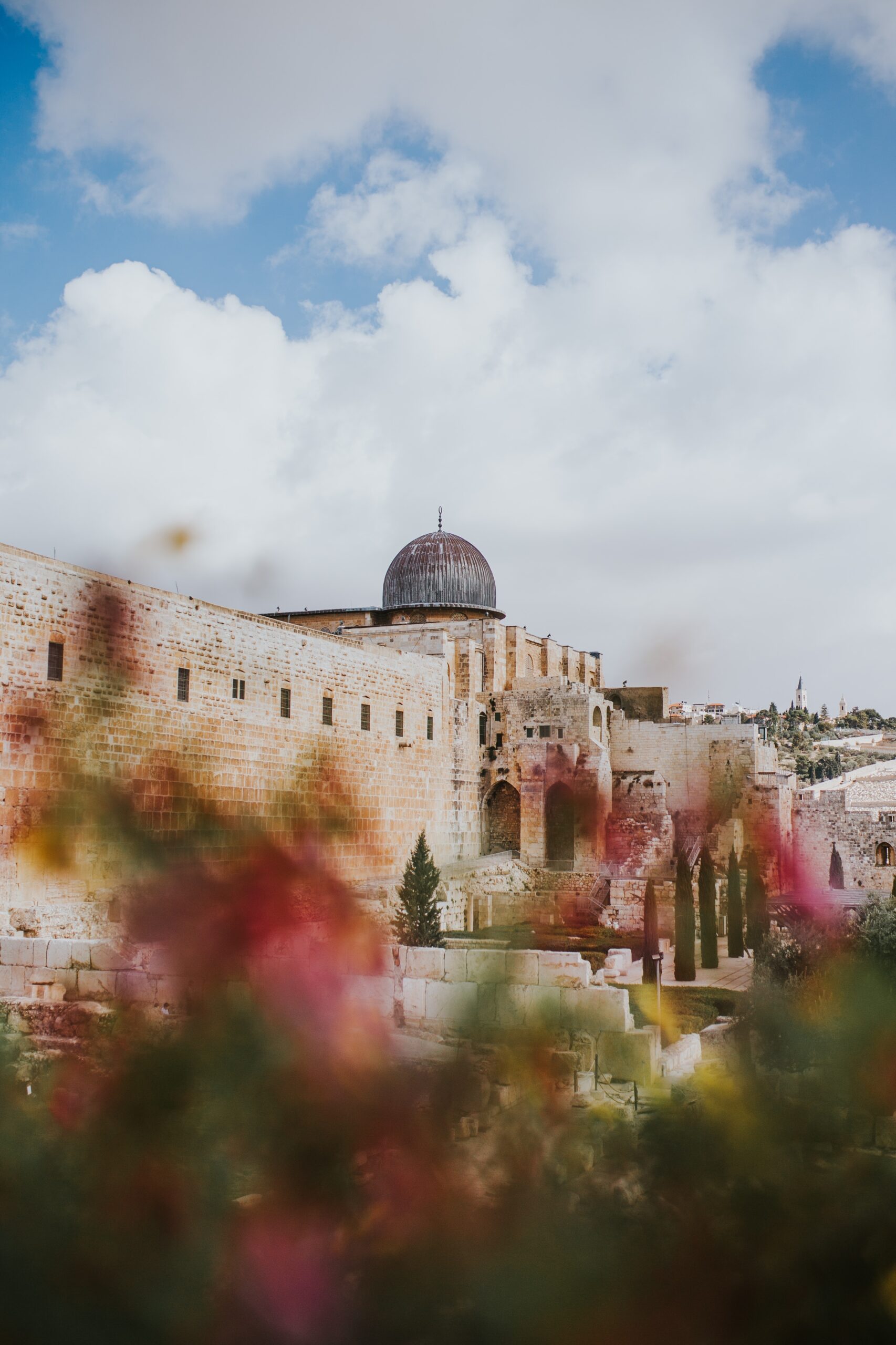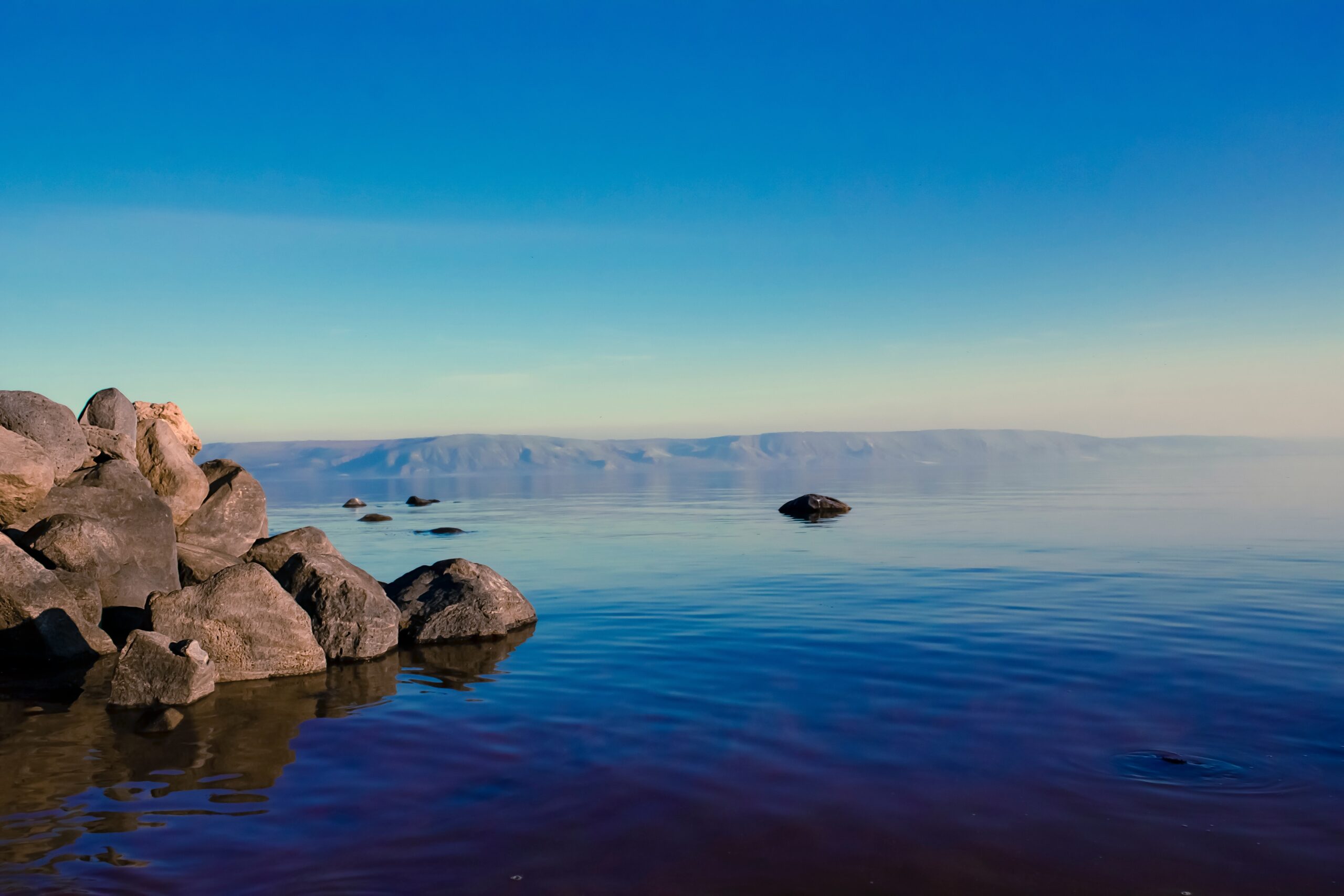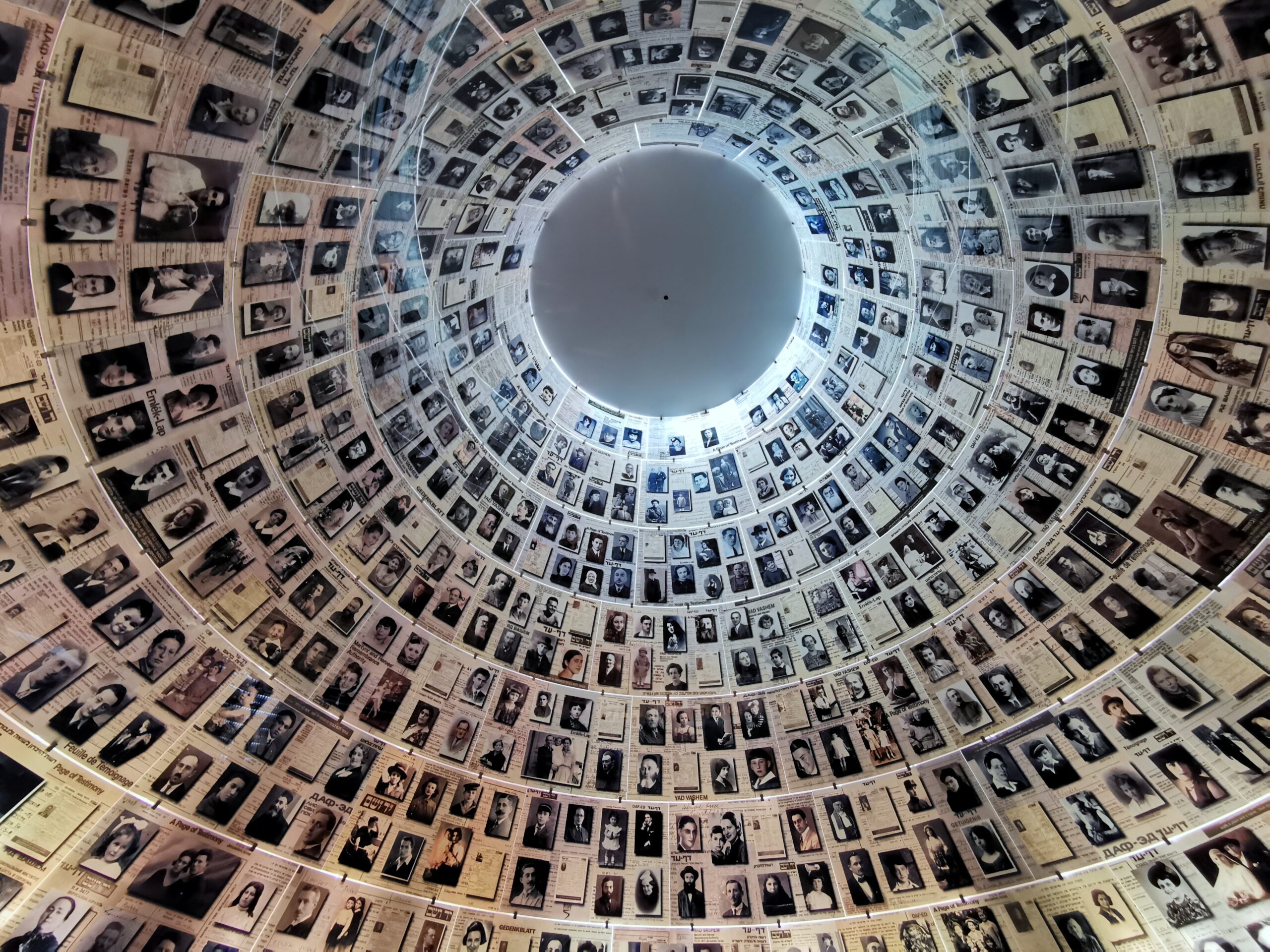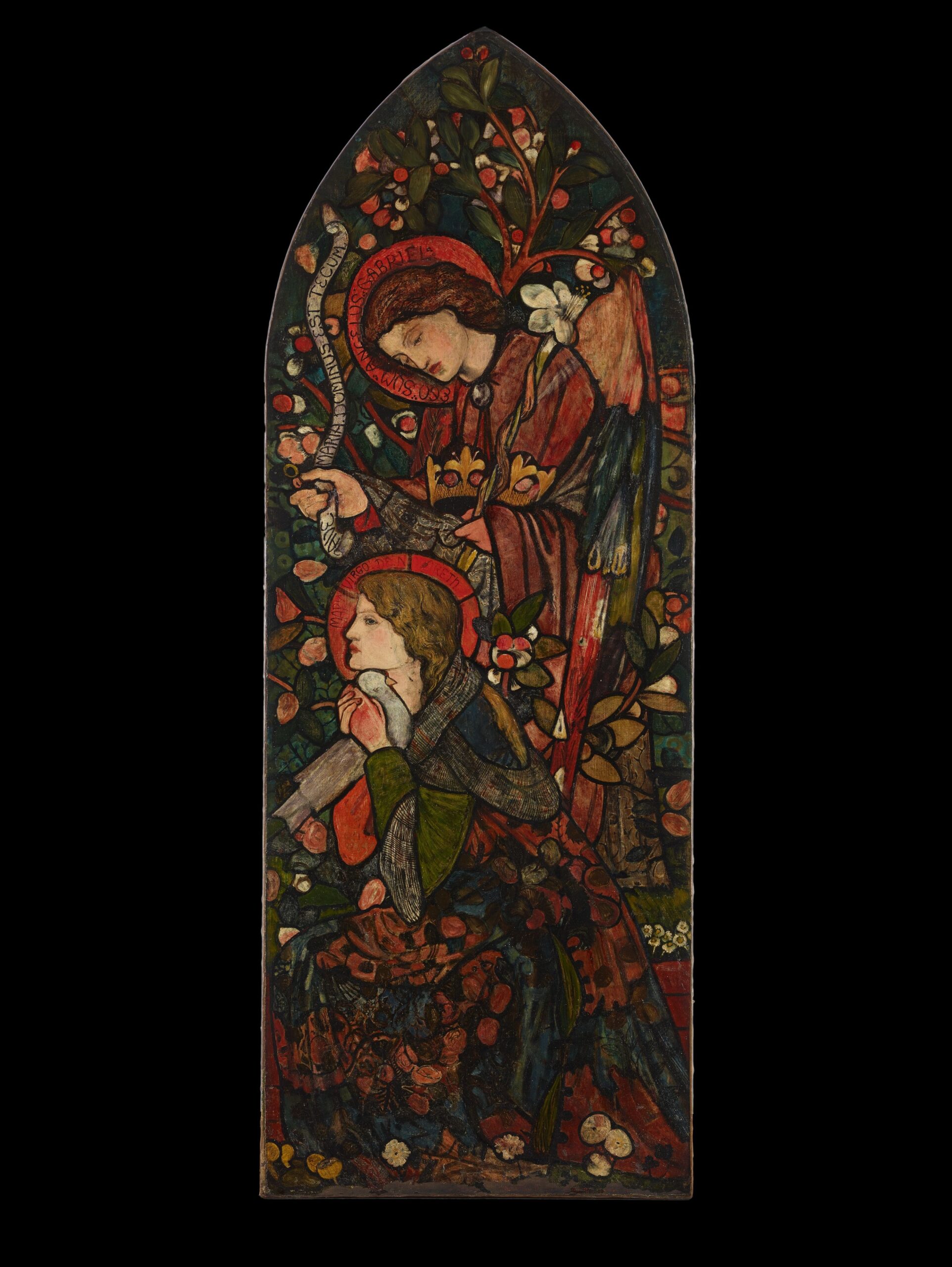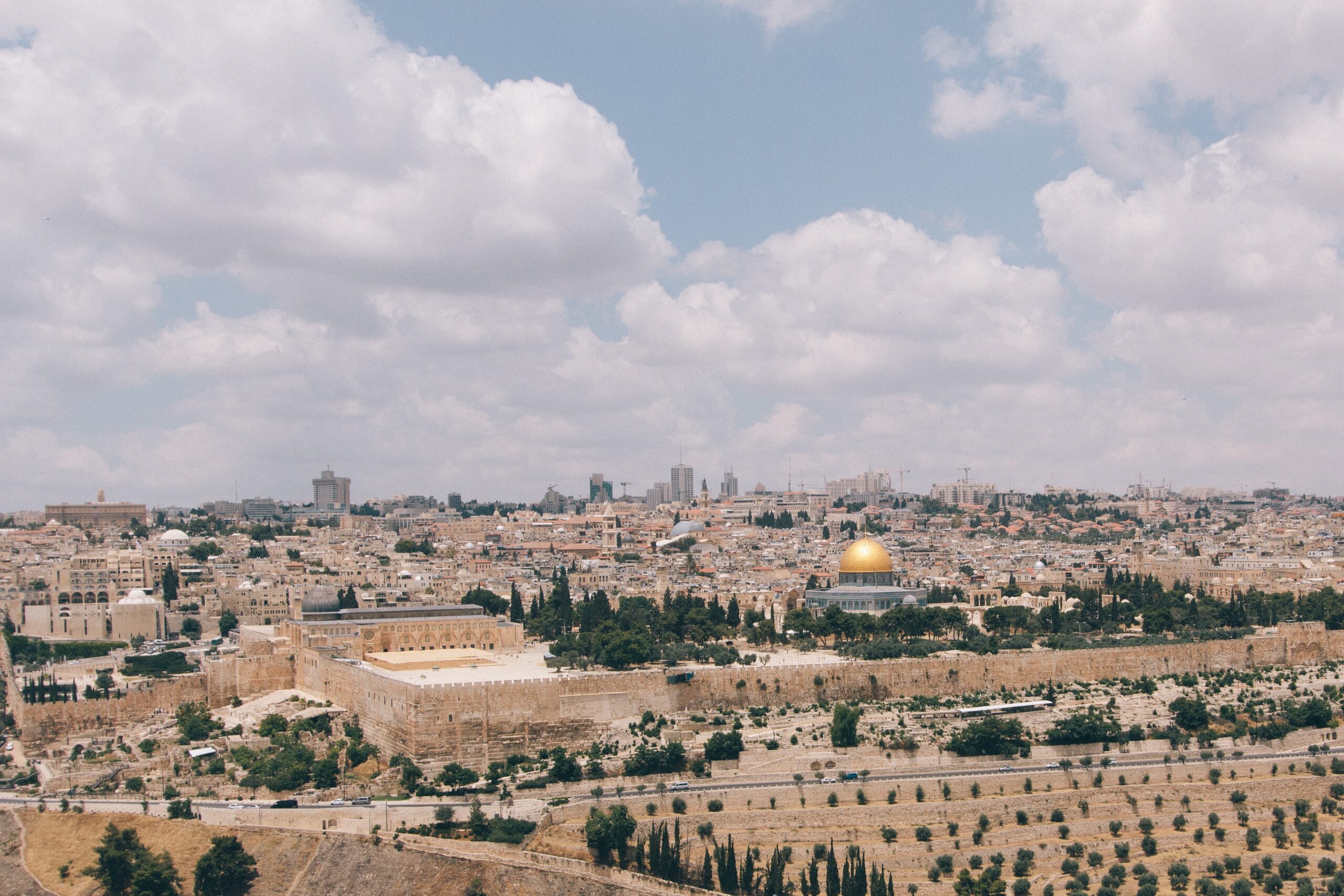Used to be known as Canaan—the Promised Land—modern-day Israel is now where ancient traditions meet modern innovation. Israel is also home to some of the world’s most sacred and historical sites, which is surely a delightful travel destination for religious folks who want to undertake a spiritual journey through the Holy Land. Culture and history enthusiasts who want to witness centuries worth of rich history will also have a grand time in Israel because, at every turn, they’ll come face to face with important historical monuments and places.
For those who want to explore the rich history and vibrant culture of the Holy Land, be sure to book tours to Israel and visit these tourist attractions:
Jaffa
If you are familiar with the biblical story of Jonah, the Bible says that he sailed from Joppa—which is now known as Jaffa—before he was thrown into the sea and swallowed by a whale. So when you reach the port of Jaffa, take a moment to savor the fact that you are standing where Jonah once stood before he set off to the sea.
Upon reaching Jaffa—the world’s oldest port city—, the first thing you should do is stroll through the old town center where you can buy virtually anything—from intricately designed antiques, secondhand clothes, and Persian tiles to Hamsa keychains that supposedly ward off evil. There are also lots of Middle Eastern cafes where you can get a taste of the local creamy hummus and other traditional dishes. Or, you can also pose for a picture with the gorgeous blue Mediterranean Sea as the backdrop. If you have the time, visit the Monastery of St. Peter, which is the mosque that served as the house of Simon the Tanner, who graciously hosted apostle Peter’s stay back in the day.
Baha’i Shrine and Gardens
Head over to the northern region of Israel, and you will come across the city of Haifa, which is home to the Baha’i Shrine and Gardens, which is most commonly known as the Hanging Gardens of Haifa. Prepare to be mesmerized by its golden dome and the meticulously manicured garden of flowers, comparable in beauty to that of the fabled Hanging Garden of Babylon. This sacred garden is designed to inspire one’s soul as much as your eyes. Aside from being a sacred pilgrimage destination to the followers of the Baha’i faith and serving as the final resting place of the prophet Baha’u’llah, the shrine is also a World Heritage Site.
Since you’re already in the area, don’t miss the chance to visit the Carmelite Monastery—an architectural wonder built in the early 1880s, along with Elijah’s Cave, where the Hebrew prophet once prayed. Just be sure that you have a head covering before you go inside these sacred places. You’ll find vendors and loaners of head coverings right at the entrance.
Sea of Galilee
Despite being referred to as a sea, the Sea of Galilee—which also goes by the name Lake Tiberias or Kinneret—is a freshwater lake located near Israel’s borders with Syria and Jordan. It is the record holder of the lowest freshwater lake on Earth, with levels reaching as far below as 215m to 209m below the sea level.
Pilgrims from all over the world come to visit the Sea of Galilee, as this is where Jesus preached his teachings and walked on water. Another tourist hotspot in Tiberias is the 19th-century St. Peter Church, built by the Crusaders, and the Greek Orthodox Monastery, built in 1862. You will also find lots of resorts, hotels, restaurants, shops, and businesses offering water sports, such as kayaking and water skiing, so you will never get bored while you’re here.
Yad Vashem
The Yad Vashem, otherwise known as the World Holocaust Remembrance Center, was built as a tribute to the victims of the Holocaust. Here, you will see a collection of artifacts, outdoor memorials, sculptures, a research center, as well as an art and history museum that commemorate the lives and preserve the memories of over six million Jews who were murdered during the Holocaust. It also serves to echo the stories of the survivors while honoring the Jews who fought against their Nazi oppressors and the Gentiles who selflessly aided Jews in times of need.
Visitors must dress modestly and appropriately to show respect for the memorial. Shorts and mini-skirts are not allowed. For a hassle-free visit, groups of six or more people must schedule their visits in advance.
Basilica of the Annunciation
The Basilica of the Annunciation, built in Nazareth in 1969, is among the most serene and majestic modern churches in the Middle East. Rumor has it that this church was erected on the exact site where the angel Gabriel delivered the news to Mary that she would conceive the son of God. Archeologists have excavated two structures under the present-day church which presumably stood on the same ground during the earlier days—a Byzantine church from the 4th or 5th century, and a church structure from the Crusaders era.
Mount of Olives
According to the New Testament, Jesus frequently visited the Mount of Olives, a hill located on the east of Jerusalem, because olive trees are abundant here. In Jewish tradition, olive oil symbolizes the divine presence. Similarly, the biblical text refers to olive oil as the main element of anointing, so it is often used in the royal sacraments and in the sacrament of baptism.
Later on, this hill became a holy place where the Jews, Christians, and Muslims traditionally buried their perished loved ones. You will also see here the Tomb of Mary, the Tombs of the Prophets, the Mosque of the Ascension, various churches, and the garden and grotto of Gethsemane where Jesus is said to have prayed on the night of his arrest before the Crucifixion. Aside from being a historic site, the panoramic views of the city from the hill also offer breathtaking views of the surrounding countryside.
Western Wall
Legend has it that the Western Wall, also known as the Wailing Wall or Ha-Kotel, grants the wishes of those who would pray and tuck notes into the cracks between its ancient stones. This very wall was built by Herod the Great two thousand years ago to encircle the Temple Mount. Nowadays, only a portion of the wall remains, and it is bisected into two sections—one for men and one for women.
Dome of the Rock
There is no sight more magnificent other than the glistening golden leaf roof of Jerusalem’s famous Dome of the Rock as the sun’s light illuminates it. This impressive structure was built somewhere between 688 and 691 A.D., and it is recognized as the oldest Islamic monument still in existence. The Dome of the Rock is a classic example of the wonders of Classical and Byzantine architecture. This dome of the rock is called as such because it safeguards a rock revered by the Muslims and the Jews. In the Islamic faith, this rock is said to be where Muhammad, the prophet ascended. On the other hand, Jewish pilgrims believe that the rock is where the Holy of Holies stood in Herod’s Temple, and it is the exact spot where God asked Abraham to sacrifice his son Isaac.


